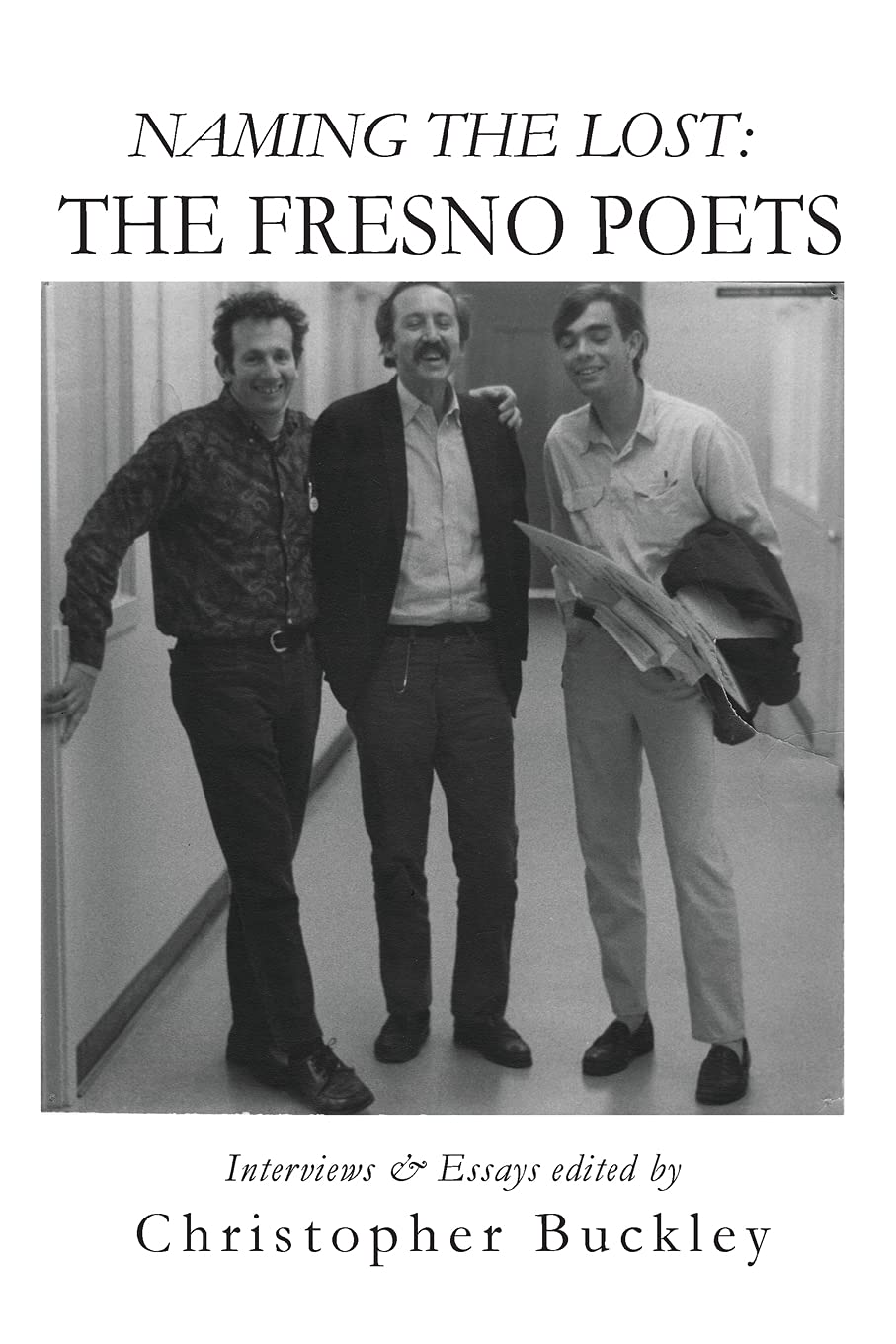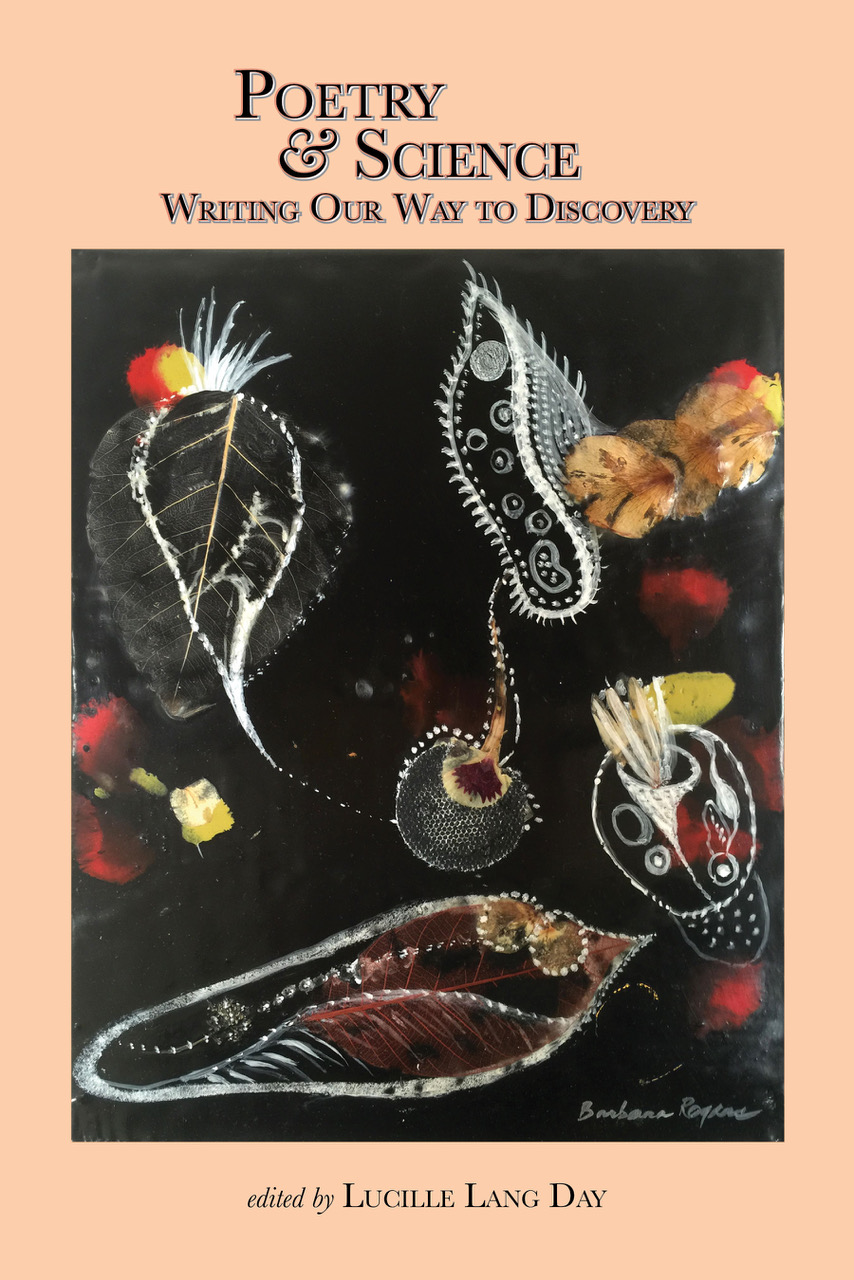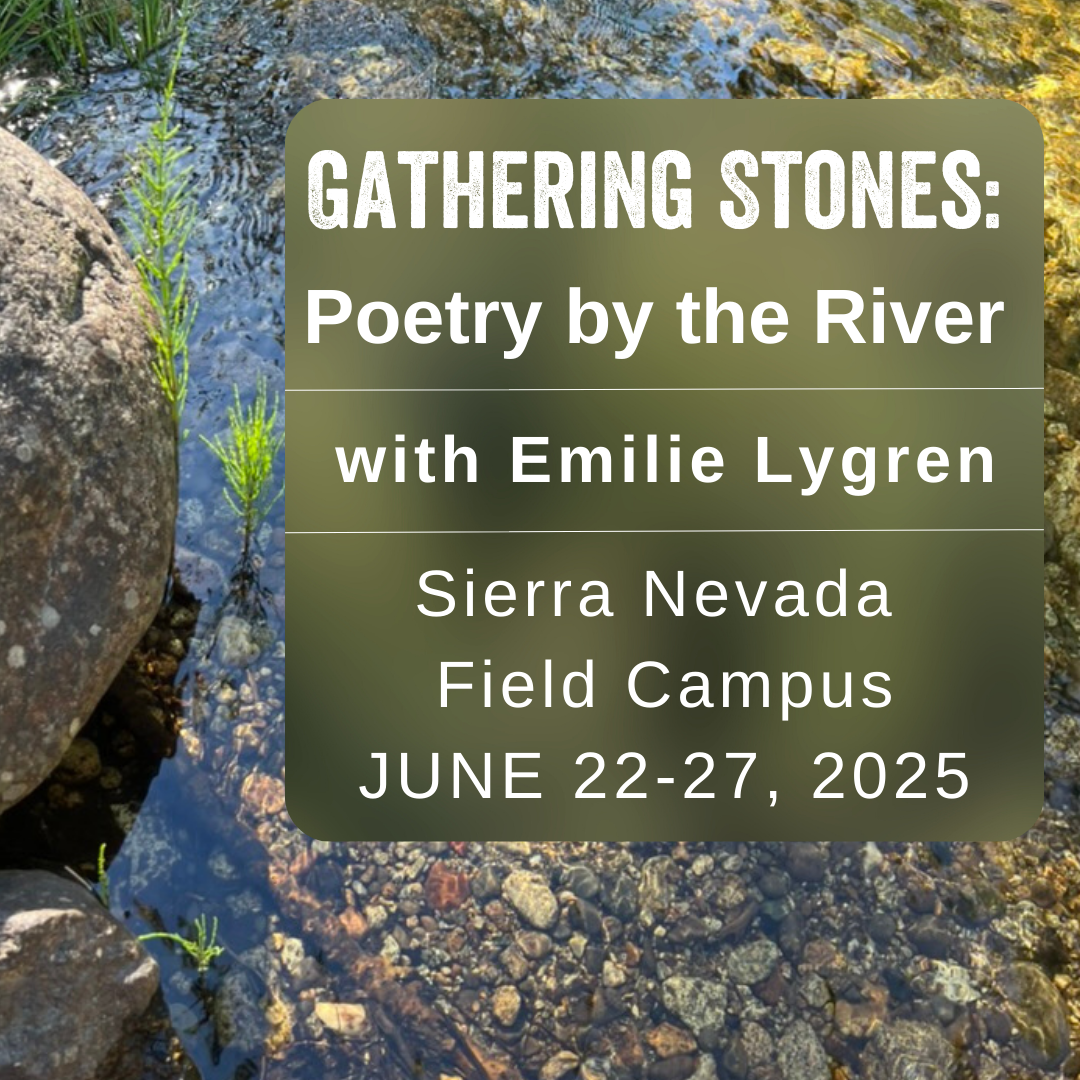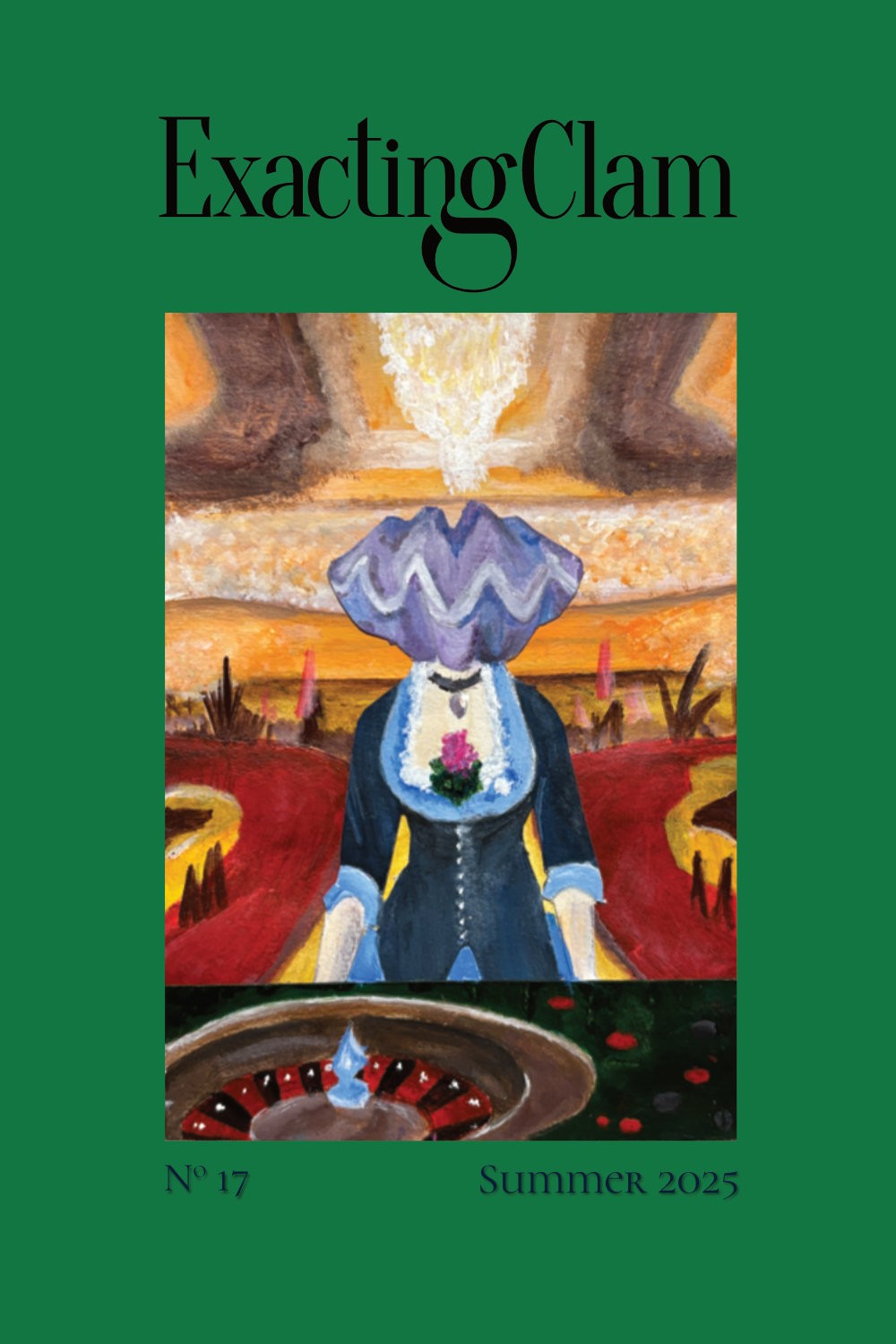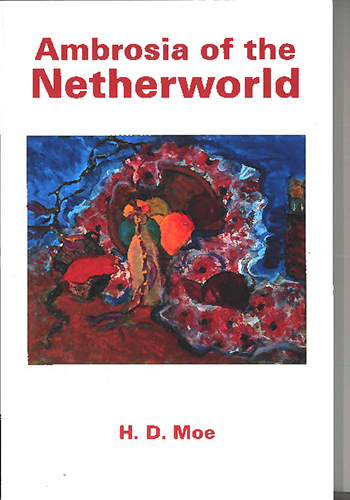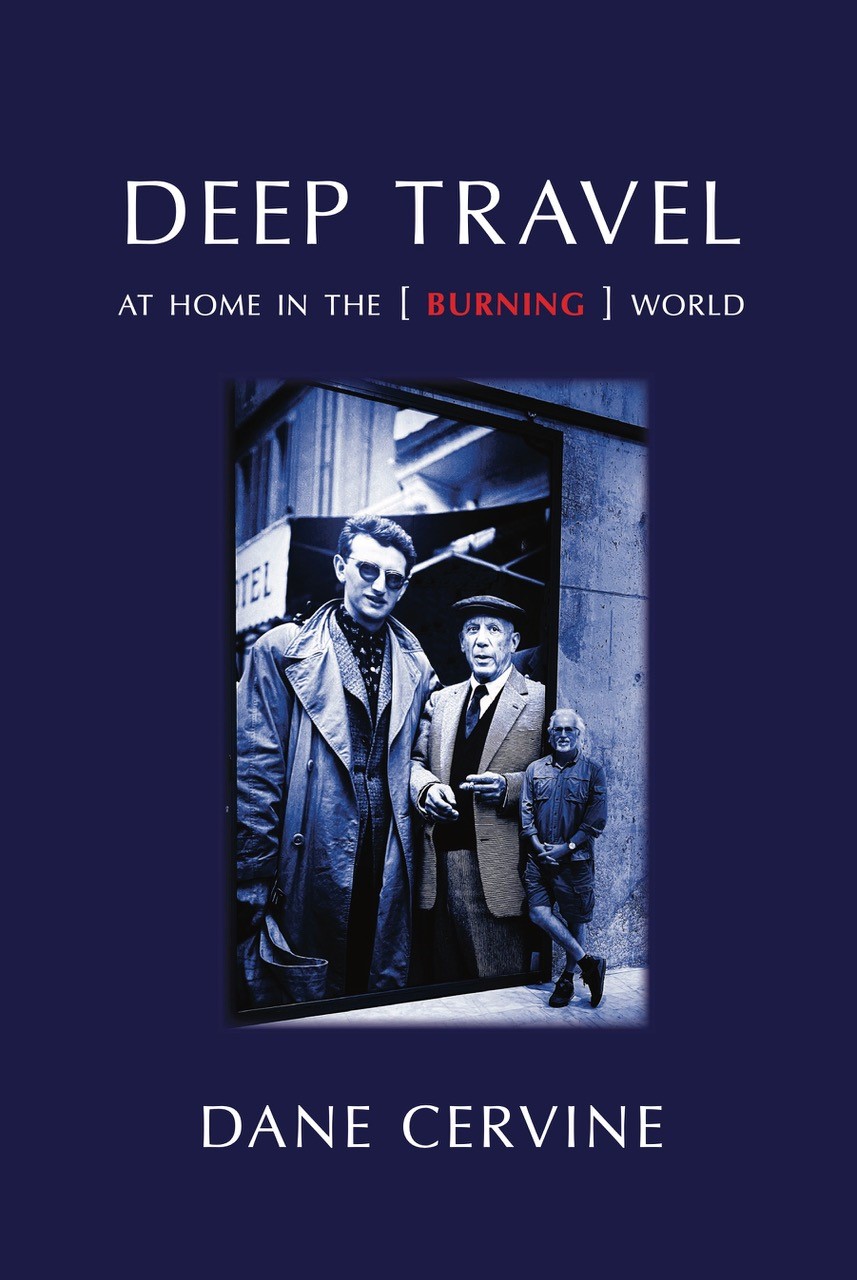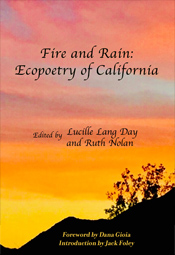
Utopian Rhythm
by Melissa Mack
R's Boat, by Lisa Robertson, University of California Press, Berkeley, 2010, 96 pages, $21.95 paperback, www.ucpress.edu.
Abject women, a man shouting please, help me, "People are fragile and finite," (p. 54), our poverty, the effects of war, that our bodies are the state's, a dying economy, only temporary stays against empire, not to mention discontinuous references to the presence of death in Poussin's Arcadia. The assembled evidence, all of which appears in Lisa Robertson new book, R's Boat, does anything but suggest that the book has a utopian vision. But I tell you, it does. This utopia is not made of things, though there are many things in the book, "The world with its streets, interiors, railroad stations, restaurants, sportscars / and beaches. …" (p. 59) No. It is "a tenuous utopia," a "flat windswept settlement," (p. 51), like Ursula LeGuin's anarchist Anarres. Even more so—recalling that, etymologically, utopia is 'no place'—"Its Material Is Time" (p. 68), an idea first brought to my attention by Joshua Clover's article about Robertson in the Spring 2006 issue of Chicago Review dedicated to her work. So maybe it would be more fitting to say Lisa Robertson has utopian rhythm. And to feel it best, a reader needs an aquatic vehicle, a boat, emblem and mode of passage through this "buckled" (pp. 4, 10), "pivoting" (p. 23) world.
Not to push the metaphoric boat so hard it tips at send-off, but to enter Lisa Robertson's new book feels like setting out on calm wide waters: evenly and generously spaced, occasionally repeating lines run on and on, seemingly atemporal for the very proliferation of named 'times'. The only visible evidence of rippling is when the capacious pages of single lines become couplets in the final section. The first time through the book, even the first few times, it feels as though one could open to any page, read any line, and float freely around in the fluid universe. Here, try it:
I conceived of an organ slightly larger than skin, a structure of inhuman
love minus nostalgia or time. (pp. 4, 5)
An edge fraying so as to become a chaos (p. 19)
I long to see how it will continue to behave (p. 33)
Silky things with fringes flung on the furniture (p. 42)
In the hinge between these things, a resemblance appears. (p. 59)
What will we disappear into if not the moral filigree of praise
Finally nothing but this omnidistant surface (p. 74)
From these folds I make persons (p. 81)
That's one line (and one couplet) from each of the book's six titled sections—within which are subsections divided by white space or a page break, but no further titles—and one line from the final, untitled short coda. As this review hopes to show, each section of the book enacts its own logic and explores different concerns. But the first time through, picking lines from among the sections as I've done here, feels as sensible as reading straight through. Yet, even such a random scan suggests something of the book's formal method and certain of its concerns. The first person makes an appearance, but does not dominate. The primary syntactic unit is the line, which often reads like a sentence even if end-punctuation is missing. Enjambment is a distinct but indeterminate possibility; readers may connect syntax across lines, inserting imaginary punctuation as necessary, or refuse to do so, thereby playing a role in determining the continuity of sense units and thus the senses. How perception and assembly relate is of interest. Material, including that of the body and of the socius (a companion, a person as a unit of society, or the divine as a community of persons; see Robertson's 2001 book, The Weather, p. 75), and its malleability, is also of interest.
This kind of initial drift through the book feels fitting given its two epigraphs, which provide important mechanisms for understanding and participating in this utopian undertaking. The first epigraph is from eighteenth century thinker and writer Jean-Jacques Rousseau, a strong, if not exclusive, candidate for the titular "R" (an earlier version of R's Boat was published as a chapbook by Nomados in 2004 and was titled Rousseau's Boat; however, the author's last name, too, begins with R).
The epigraphic passage is taken from Rousseau's late work Reveries of a Solitary Walker. In it, he recollects his mind-state while on the Swiss Island of Saint-Pierre where he took refuge for two months in 1765 after fleeing his home in Switzerland due to the fury he incurred in publishing his political and educational theories.
The ebb and flow of this water, its sound continuous but also marked by motions that ceaselessly patterned my ear and my eyes, supplemented my own emotion, calmed now by reverie, so that I felt in myself, so pleasurably and effortlessly, the sensation of existing without troubling to think.
There is much of interest here, but I'll note three items in particular. First, the book itself is marked by ceaseless patterning in its assembled groups of lines that run from start to near finish when suddenly they become couplets. Second, although the words of the poem indicate a writer as interested in the process of the making of the poem as in big theoretical apparatuses and our awareness of mortality ("Feminism enters the poem, death enters the poem, rhetoric enters the poem," p. 20), the book's ceaseless patterning achieves something like Rousseau's reverie, not not-thinking, but thinking in a different rhythm. Third, a structuring irony of the book is the fact that its epigraph celebrating "existing without troubling to think" is from a quintessential figure of the Enlightenment, the movement that crowned Reason king. (Not to mention Robertson's record of taking on Rousseau for his pursuit of an enduring patriarchy. In her essay "My Eighteenth Century: Draft Towards A Cabinet," Robertson takes issue with Rousseau more vigorously. The essay is built of a reading against the grain of one brief paragraph in Émile, a perfect example of how 'innovative writing' in poetry or prose makes new thought.) This is an early assertion that in our work we use—we must use—even the tools we take issue with.
In its flow, R's Boat also bears distinct relationship to a practice developed in part by the author of the second epigraph—which I will not share, to give readers something to look forward to—French writer Michèle Bernstein. Bernstein was a founding Situationist, an anti-capitalist group formed in the late 1950s that combined social theory and performative art-making, including the activity known as the dérive, a form of deliberately aimless walking in urban environments intended to subvert the social control exerted by the design of cities—what Robertson elsewhere has called the "corporate grid"—and our own conformist habits. Thus, the book, enacting a dérive, sets up its readers for politicized deviations from rational thought, linear narrative, and dominant systems of assigning value. When we enter it, we enter a world constitutionally changed from the one we know.
"Face/," the book's first poem or section, is our first exposure to this changed world, and it zeroes in on a particular problem. "Face/" is made almost entirely of end-stopped, first-person statements alternating between Roman and italic text. For example,
In the evening I walked through the terrific solidity of fragrance, not memory.
I heard that death is the work of vocables towards silence.
Honeysuckle, elder, moss, followed one another like a sequence of phrases
in a sentence, contributing successively to an ambience that for the sake
of convenience I will call the present.
(p. 8)
These and the other statements in the section utter intentions, ask questions, formulate ideas, say actions that happened, say abstractions, interact with the landscape. Mostly they are about intention and desire. They don't sound political—at least these I've quoted here—do they? Yet I would argue that they ask a deeply political question. A note of context to get us to the question: we're in late capitalism, in which the political economy is thought to constitute not only the mode by which the material goods we consume are created but also to shape our needs, desires, habits, and beliefs—our subjectivity. In light of this situation, what are the implications for a first person poetry?
This is an apt moment to say something about Robertson's oeuvre. A Canadian poet long associated with the 'experimental' and outside-the-official-academy Kootenay School of Writing in Vancouver, British Columbia, Robertson has published eight books of poetry, several chapbooks, and a book of essays. With almost every book, she has taken an aggressively different approach to style, rhetoric, and point of view, often drawing on closed forms and rhetorics of the past, such as the classical epic and eclogue of Debbie: An Epic and XEclogue, her first and second books. The Men is a self-categorized "lyric book." And The Weather lifts much of its language from the British Royal Society archive of meteorological research and treatises. Fascinatingly, this time, Robertson decided to raid her own personal archive—that is, to delve into two decades of notebooks—Into glossy persimmon-crested notebook called Sylvine / Into large creamy notebook with title Precious Ego / Into small blue-marbled notebook with powder-blue cotton spine (p. 23)—for the compositional language of her new poems.
As we've seen, the result of re-appropriating her own archive is not a narrative of the life of Lisa Robertson, but neither is it totally divorced from a sense of a person there among the material. "Sometimes I'm just solid with anger and I am certain I will die from it." (p. 5) Other aspects of the lines are willfully indulgent sound play ("I sleep like these soft trees in sleep are sweeping me," (p. 11), occasional ironizing humor ("I'm a popstar and this is how I feel," (p. 9), and something like the interpenetration of physical actions and abstract concepts ("I wanted to distribute the present, not secure the future. (p. 57, from a later section) That interpenetration extends to our subjectivity.
In one way of putting it, Robertson would have us know that subjectivity—a notoriously complicated concept, but, in one definition, "the quality or condition of viewing things exclusively through the medium of one's own mind or individuality; the condition of being dominated by or absorbed in one's personal feelings, thoughts, concerns"—is not equal to identity. The subject, also a citizen or member of a state, willing or not, is always permeated by multiple others—by systems, landscapes, memories, people. No single line in the book really says this. In fact, sometimes single lines say the opposite by admitting to the necessity of a simplistic notion of the subject: "In order to enter I needed an identity" (p. 29). Say, "someone who was doing nothing more than studying the / Norman flax bloom" (p. 8), another nod to Rousseau, who became interested in botany during his exile. These lines feel like admissions of failure, in that the poet knows subject-hood is not so simply explained by saying that we like to study plants for fun. It would be best if she could show every aspect of the subject's constitution, or present an adequately complicated Theory of the Subject. She does "not want to speak partially." (pp. 6, 13). But she must. But the book as a whole, in its form and totality, makes the case for that grand and complicated theory. Its assembly of loose units is its assertion of a temporary, multiply inflected subject that happens in time and thus is always changing. Even more importantly, the book presents a utopian vision of the strange agency we fragile people have in participating in that mobile re-shaping.
It is her desire for and commitment to auxiliary means of grappling with what the world is—how it got that way, how it might be different—that leads Robertson to offer a whole cabinet of alternatives, ones "Where the imagined houses the real," (p. 18). She's working against Rousseau's Enlightenment "theology of certainty," (p. 17) in favor of something more… "flickering." (p. 11) Everything that seems or is determined can be reconceived and reperceived malleably. "Seeing is so inexperienced," (p. 57) but "Clouds are really beginning to exist for me," (p. 58), a reference to the late eighteenth century "invention" of clouds, which Robertson has written about elsewhere, and a testament to the fact that the aspects and categories of the material world are more mutable than we might be inclined to think.
In the section called "Of Mechanics in Rousseau's Thought/," Robertson lets in the desire for flickering systems when she writes, "I wanted narrative to be / The proportion in her hair /Not a statement of the type 'I am choking' / As an authorizing system." (p. 21) The proportion of what in her (whose?) hair, I don't know. A lot depends on the kind of hair I imagine—Harlequin heroine tresses house ambiguity, while geometric eighties layers make me think of math as a language that avoids co-option. The point is, a woman's head has become a site for theorizing rather than the cavity from which emerges a call for help.
In her poem, "Draft of a Voice-Over for Split-Screen Video Loop" (Lisa Robertson's Magenta Soul Whip, Coach House Books, 2009), Robertson writes "When a woman is exiled it seems normal" and, in this book, of "the encoded unbelievability of women." (p. 21) She asserts over and over in her work that women are either missing or misconstrued (and misconstructed) in our histories.
To make something from what I am
From proximity, bitterness
Is just brutal
So I turned to syllables
(p. 37-38)
Here, she offers one of many resistant alternatives to telling a subjected (as opposed to subjective) narrative that is already mediated by the arguably patriarchal grammars, vocabularies, and tones we have at our disposal: attention to the vocable, the syllable, the phoneme. "We have laid in the vocables of the not-yet-feminine." (p. 42) Vocables, parts of words and words as material stripped of connotational or denotational senses, just might elude the gender coding that is powerful for the way that it can deny women the freedom to act as revolutionary agents. In addition to the "lost girl [. . .] already ruined" (p. 66) and the "fallen female figure" (p. 64), real and thus mandatory parts to include, Robertson imagines this zesty scene—"She bites into her invention and it runs down her face." (p. 32)
Exploration of especially feminine modes of subjection and resistance continues in the section called "A Cuff/"—a sartorial element (fashion coded as female), half of that imprisoning device, the handcuff (association: violence against women), and a blunt punch (association: violence against women), all of which are senses that the lines of the section swim in. Formal continuity is maintained here too. As in "Of Mechanics in Rousseau's Thought/" and "The Present/," groups of lines vary in line length and number, distinguished by a little extra white space, and make little use of end-punctuation. This pattern is formally remarkable, reminding me of a sliver of Alice Notley's conception of heaven—a concept Robertson is clearly interested in, given the repeated references to paradise, utopia, and, yes, heaven—in her poem "Homage To Marianne Moore"—"it's a picture / of a cascade of a pattern / a woman sleeps in that sleeve." A woman, her history of written words, is here in R's Boat, but we do not see her so much as we see the pattern. It's a varied pattern, but one of its threads is what the body, the sense of self, sex, and gender have to do with how we construct or perceive the world. In "A Cuff/" we see that, according to Robertson, there has to be resistance in how we say what we see because of the ways that our perceptions are shaped or determined based on those "structures that dominate position." (p. 34)
It is always the wrong linguistic moment
So how can I speak of sex?
One's own places realism in doubt
(p. 37)
The book offers other alternatives to making or naming the female self and the world, entities that R's Boat implicitly argues are things in themselves and also dynamic states of being. Beyond the now common poetic practice of fragmentation (of syntax, of words), such techniques include a radical embrace of the tropes associated with stereotypes of femininity such as insincerity, as in "the appropriation of falsity," (p. 32) and the dubious-because-of-the- speaker's-sex reality from the quote just above. Abstraction is one alternative way of making or naming the world, but not enough on its own. "So that I feel abstraction / Is an incomplete resistance." (p. 38) Emotion, spirituality, and intuition are also ways of making or naming self and world, but again, not enough on their own. "What you see and hear in the present is emotion / We live beyond its limits." (p. 40) Memory is a way. "We manipulate memory / To make things free." (p. 46) But tricky—"Still I don't know what memory is." (p. 10) Technology is a way of figuring a world mediated by massive systems like governments, but technology is inexact. "What did radio and the phonograph give / The turn of the phonograph / Could forget about government / All these times and devices / Of significant imprecision." (p. 47) Interrogation or manipulation of causality is a way of thinking about the constitution of the self. "To indicate an idea about embodiedness / By slowing down the causal interval." (p. 44) But none of these ways is adequate in isolation.
Instead, we need all of the resistances, all of the resistors. And what's really exciting is that she claims that the form the book takes—said simply, groups of lines that form patterns—and what we are (we, people, all the socius's) are the same thing. That is, we are all of this triangulating, this marking of time and marking of space and saying what 'it' is and what 'it' isn't, this following the world's textures and motions, its lustrous polychromes, its spurting fountains, its gates, this patterned assembly of loose lines all the way across the book. "The effect of the downflowing pattern of shade on the wall was liquid, so / the wall became a slow fountain in afternoon." (p. 54) We enter what we attend to. A woman sleeps in that sleeve.
An educational sign on the wall of the Textile Study Room at the de Young Museum in San Francisco shows a picture of a pattern that appears in a piece of woven cloth. The picture is accompanied by text that says "Translation occurs when a shape repeats along a line." Walter Benjamin says translation adds to the stock of what he calls "pure language" in the world. I think Robertson shows us that this translation, this adding to our shared stock, can occur when we make patterns with language. Not when we remember personal or historical events. Not when we prophesy about the future. In this tenuous utopia of the present, form is language is pattern is utopia is us.
The most breathtaking part for me is when she explains, with typically risky pile-ups of internally rhyming, adjective-noun phrases, that "By form I mean the soul of course, that crumpled socket, that splendid / cosmetic." (p. 65) Whether a hollow space or a surface, form is a fragile solution (an answer, a solvent). I am reminded of John Ashbery's description of the soul in Self Portrait In A Convex Mirror, "the soul is not a soul, / Has no secret, is small, and it fits/Its hollow perfectly: its room, our moment of attention." Using the moving mind as a sensing surface, "a skin," (p. 67), we perceive the world. With "rhythm and subjectivity," (p. 66), we utter it. "This Is the Beginning of Utopia." (p. 68) We are on it and in it, in R's boat—drifting, but rhythmically.
And what of "Palinode/" and the coda? Recall the many alternatives to standard, sanctioned ways of saying what the world is that the book's different sections offer. A final technique to mention is one that is an exploration of abjectness and passivity, especially of the feminine sort, that runs through the whole book. It is a total inversion of assertive, 'certain' methods of naming and claiming the world. The technique is negation. Robertson writes, "There exists a labour towards nothing / Nothing being some kind of sacrament or corrosive." (p. 43) The abjected Nothing may represent an emptiness with force. The open hand, the time not assigned to either work or leisure. The person helplessly identified. A woman. "Palinode/," the book's final section, is the culmination of the formal use of negativity as a strategy.
A palinode is a classical form in which the poet retracts a view expressed in a former poem. In Robertson's "Palinode/," however, the formal recantation happens faster, within the space of the poem; indeed, every line of each couplet contains a negation. "I want to hold belief and dissonance in a cumulative structure that moves / to no closure / This won't happen because of fear." (p. 75) To use a Robertsonian adverb, she really wants to hold open the space, keep it inflated, undetermined, with freedom to move. But there's a reality check: "This won't happen because of fear." Dissonance will always be in danger of being silenced by belief. By oppression, by mental and emotional complicity. This first line of the couplet, "I want to hold belief . . ." suggests an interest in creating a solution (again, an answer, a solvent) in which 'everything' can co-exist. Robertson knows this isn't possible. Yet, acknowledging the failure does allow more parts of 'everything' to co-exist than not acknowledging it.
The section's long-line near-rhyming couplets render it visually different from the rest of the book. Yet, in topical continuity it continues to wrestle with the necessity of identity in all its "accident and need" (p. 81) and to acquiesce to it, "I had no alternative but to become a person," (p. 74), and to wrestle with it again. In line with the established importance of the present, the couplets refuse to count origins as important—they are nothing more than "spurious clacking … there is no prior point" (p. 71), reinforcing time, the present time, as the critical element. Instead, these last poems culminate in the burgeoning desire to re-construct from the cruel reality that we've accepted, even in our passivity. "It would be nice / To interfere with the accuracy of the world." (p. 76)
In her book of avant garde scholarship, My Emily Dickinson, poet Susan Howe says of Robert Browning's "Childe Roland To The Dark Tower Came" and Dickinson's "My Life Had Stood A Loaded Gun,"
At the end of each poem, austere originators have unselved identity, memory, poetic origins— Originality. Each lyrical 'I,' liberated from individual will, will die into action.
This is so proto-Robertsonian. What action does Robertson offer and invite us to participate in? The making of new forms. (Now I'm thinking of Notley again, of the bright morning at the end of the Dantean Descent of Alette. Robertson, too, says, "I'm not done with myth yet." (p. 75) "To make a mould is a formal gesture of love." (p. 78) This activity extends to the subjected person the role of imagining and constructing the world, as well as experiencing it solo and being constructed by it. "Form is not cruel," yet "This by no means suspends the effects of war." (p. 78) In grim assertive response to that reality, the final verb of the coda is militarized: "Now I occupy the design." (p. 81) But the last-last thing is pure delight: a black-and-white snapshot of teen Lisa, sun-bleached and grinning at the rudder of a tiny skiff. "It," the world, "is both in ruins and still under construction." (p. 48) So let's go mess about in its boats! ![]()
In preparation for this review, I met with Lisa Robertson in Berkeley, California, for a conversation over fizzy fruit juice. In particular, she helped me think about the relationship of subjectivity and identity, and about negativity and passivity—particularly about the possible paradoxical agencies that might exist in those states, so often female. Any critical weakness, and any interpretive or factual fallacies in this review are my own.
Melissa Mack is a poet who moonlights as a social scientist. She lives and works in Oakland, California.






